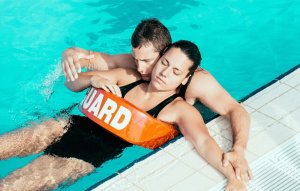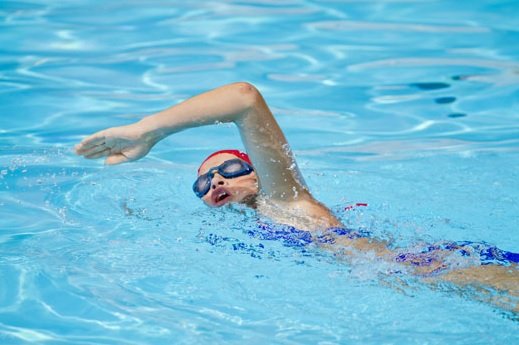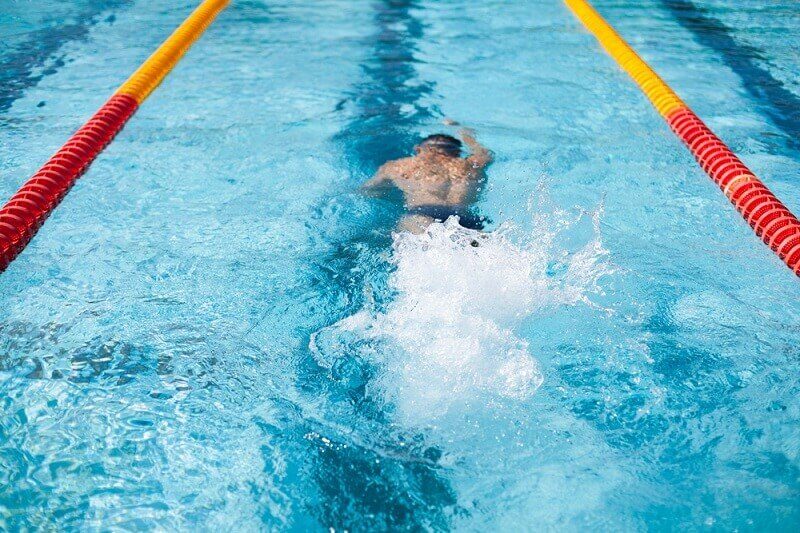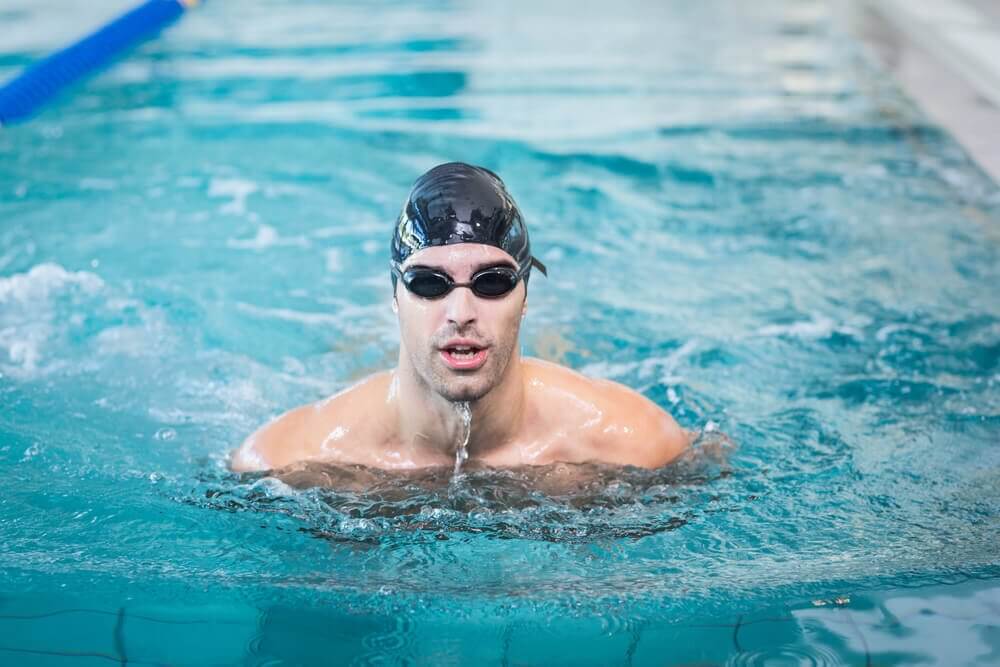Drowning Symptoms after Swimming


Reviewed and approved by the doctor José Gerardo Rosciano Paganelli
Drowning after swimming, or secondary drowning, happens when someone is unable to breathe due to fluid having accumulated in the lungs. It’s a very dangerous kind of drowning, the symptoms of which we must recognize and attend to immediately.
There may be cases in which hours after a near-drowning experience, signs appear that must be treated as soon as possible.
Below, we’ll talk about the symptoms of secondary drowning so that you can prevent more serious consequences.
A little-known risk
There have been cases in which people, especially children, present symptoms that even have a tragic end after experiencing a traumatic experience in the water.
It’s a type of choking that happens outside of the water. It can be hours or even days later, but it’s a result of what happened during swimming:
What happens is a dry or secondary drowning that principally affects the lungs.
Don’t worry, however. The goal of this article is for you to know the signs that the body exhibits when faced with this kind of incident. That way, you can be ready and quickly seek medical attention.
Visit this article: Find Out How Swimming Improves Your Health
What is secondary drowning and why does it happen?

According to a study, 75% of secondary drowning cases occur in children under 5 years of age. However, it can also occur in adults who have survived an incident in the water or who have been caught in sudden currents.
When a person is in a pool playing or swimming and survives a near-drowning experience, water enters through the vocal cords without giving them time to react and close off. This causes the liquid to go directly to the lungs, causing swelling or edema.
Types of drowning
Dry drowning happens, when, while underwater, the trachea becomes inflamed. This causes a spasm in the vocal cords, which close and impede normal breathing.
Meanwhile, secondary drowning occurs when the body cannot expel carbon dioxide in exchange for oxygen. This is due to fluid having accumulated in the lungs after a near-drowning.
With water in the alveoli, they cannot oxygenate the blood, and the heart slows down.
In this case, secondary drowning can occur between 1 and 72 hours after being in the water. There are even cases in which the symptoms manifest after three days.
Drowning symptoms after swimming

As you can see, many times it seems as if everything is going well after the person has gotten out of the water. However, this may not be the case. Therefore, it’s essential to watch out for the following symptoms:
- Difficulty breathing
- Constant coughing
- Vomiting
- Drowsiness and unusual tiredness
- Shortness of breath
- Fever
- Changes in behavior by exhibiting greater irritability or a lack of energy. This is because less oxygen is reaching the brain.
What to do if the symptoms appear?
In case of secondary drowning, it’s essential to immediately go to the doctor. He or she will take the necessary measures depending on the case. If, after examining the individual, the doctor diagnoses it as a mild episode, it’s just a matter of resting under observation.
If, on the contrary, the situation is more severe, it is likely that a chest x-ray will be ordered. This is to rule out swelling or edema. The patient’s oxygen supply may also be considered.
Read also: “Sisu,” the Incredible Finnish Strategy for Difficult Times
Prevention is fundamental

In the case of children, supervision is very important. Never leave children alone near a body of water or in a pool. If they’re playing, pay attention to their movements and attend to possible situations where they abruptly swallow water.
It’s advisable that children learn to swim and lose any fear of water within the first four years of their lives. In the case of adults, if they have had an incident while swimming, observe them in the following hours. Pay attention for any possible appearance of the symptoms mentioned above.
Know and observe so you can help
In the summer, going to the swimming pool, playing water games, and swimming are activities and times in which relaxation and enjoyment are generally at the forefront. However, it’s important to consider the dangers associated with these activities.
It’s very important to know the symptoms of secondary drowning so that you can avoid a tragedy. Knowledge is the first step in helping ourselves as well as helping others.
All cited sources were thoroughly reviewed by our team to ensure their quality, reliability, currency, and validity. The bibliography of this article was considered reliable and of academic or scientific accuracy.
- Field, J. M.; Hazinski, M. F.; Sayre, M. R., et al. (2010). “Part 1: executive summary: 2010 American Heart Association Guidelines for Cardiopulmonary Resuscitation and Emergency Cardiovascular Care”, Circulation, 122 (18): S640-656.
- Ringold, S., y Glass, T. J. (2005). “Reanimación cardiopulmonar”, JAMA, 293 (3): 388.
- Walter, F., & Boron, D. (2009). Medical Physiology: A Cellular and Molecular Approach. Amsterdam: Elsevier/Saunders.
This text is provided for informational purposes only and does not replace consultation with a professional. If in doubt, consult your specialist.








